During the 1920s, Edwin A. Link was employed in his father's organ building and repair business. He obtained his pilot's license in 1927 and became convinced that a mechanical device could be built as an inexpensive method to teach basic piloting. Link received three patents on his flight trainer (No. 1,825,462, March 12, 1930; No. 2,244,464, June 3, 1941; and No. 2,358,016, Sept. 12, 1944).
ASME
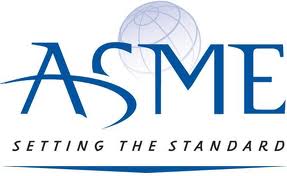
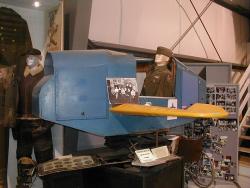
BinghamtonState: NYZip: 13905Country: USAWebsite: https://www.asme.org/about-asme/who-we-are/engineering-history/landmarks/210-link-c-3-flight-trainerCreator: Link, Edwin
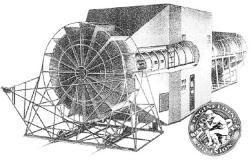
Wind tunnel testing of aircraft models is essential to determine aerodynamic parameters such as lift and drag. The 5-foot Wright Field wind tunnel is an early example of the modern wind tunnel, well known from the early 1920s to the late 1950s for its contributions to research and the development of nearly every major aircraft and associated hardware used by the US Air Force and its predecessor, the Army Air Service.
Smaller and cheaper than a triple-expansion vertical engine, the horizontal cross-compound pumping engine, Pump No. 2, ran at relatively slow revolutions and was considered the height of engineering from the 1890s to World War I. This pumping engine at the York Water Company was built by the Worthington Pump & Machinery Corporation, Snow-Holly Works, Buffalo, New York.
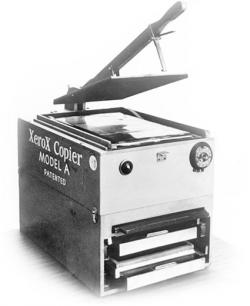
The convenient dry-copying process for printed pages is among the truly revolutionary inventions of the century. In 1937 Chester Carlson, a New York patent attorney, developed the concept of applying an electrostatic charge on a plate coated with a photoconductive material. On November 22, 1938, Carlson dusted powder dyed with evergreen spores across an exposed plate and transferred the imprint to the surface of a paper.
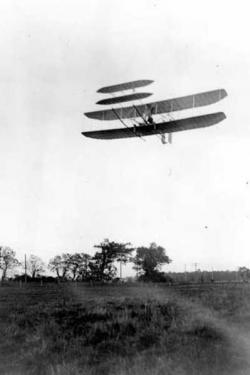
The 1905 Wright Flyer III, built by Wilbur (1867-1912) and Orville (1871-1948) Wright, was the world's first airplane capable of sustained, maneuverable flight. Similar in design to their celebrated first airplane, this machine featured a stronger structure, a larger engine turning new "bent-end" propellers, and greater control-surface area for improved safety and maneuverability.
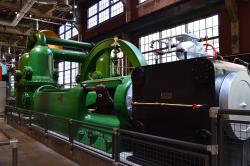
Stationary steam engines, once the prime movers of industry, powered trains, ships, and mills in an age when there was no electric power. By the 19th century, American industry, especially in England, was rapidly outgrowing the capacity of the ater power that had been its principal prime mover. The need for a new power source inspired an intense development of the steam engine, the work of inventors directed mainly at imporving fuel efficiency by reducing steam consumption. The leader in this effort was George H.
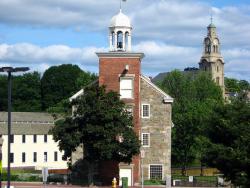
The Wilkinson Mill, situated on the west bank of the Blackstone River in Pawtucket, was built between 1810 and 1811 by machinist Oziel Wilkinson. Constructed in stone rubble, three and one-half stories high, the mill played a critical role in the history of textile technology, in steam power generation, and in the development of the machine tools industry.
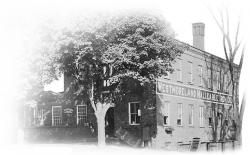
The history of this foundry, which was the oldest malleable iron company in continuous operation in the United States for many years, was inseparable from that of the small town of Westmoreland, where neighbors and workers kept time by the foundry bell. The firm was founded as Oakhill Malleable Iron Company in 1833 and was established under its present name in Westmoreland in 1850. Erastus W. Clark, who along with his brother-in-law Abel Buell brought the foundry to Westmoreland, ran the ironworks until 1871 and was the first of six generations who still own and manage it.
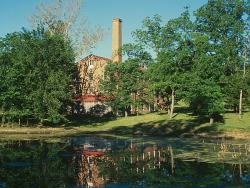
The Watkins Woolen Mill is among the best preserved examples of a Midwest woolen mill in nineteenth-century United States. Its machinery for preparing, spinning, and weaving wool reflects the existence of well-established textile industry in the country. It was designed and built by Waltus L. Watkins (1806-1884), a machinist and master weaver from Frankfort, Kentucky, who began operating his mill in 1861 in Clay County.
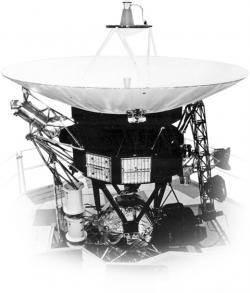
The Voyager explorers, which provided scientists and the world with the first detailed pictures of faraway planets, were designed and tested during 1972 to 1977. The two most intelligent machines ever built in the NASA space program, the explorers were launched from Cape Canaveral, Fla., in 1977. Voyager 2 was launched first on August 20, followed by Voyager 1 on September 5.
Innovations
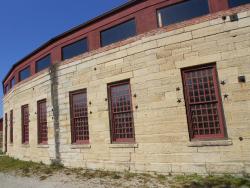
The Chicago, Burlington, & Quincy Railroad was the first railroad to link Chicago and the Mississippi River, in the 1850s. This forty-stall roundhouse, large even for its time, became a major center for railroad activity for the CB&Q. It served as a repair and construction facility from…
Read More
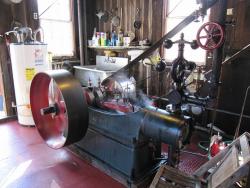
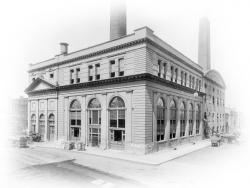
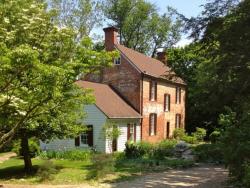
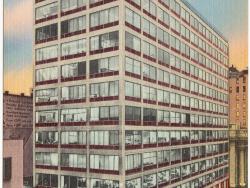
The use of heat pumps for the heating and cooling of the Commonwealth Building, initiated in 1948, was a pioneering achievement in the western hemisphere. The theoretical conception of the heat pump was described in a neglected book, published in 1824 and written by a young French army officer,…
Read More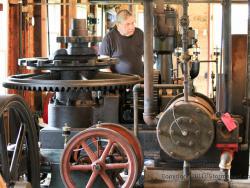
Early internal combustion engines produced only a few horsepower and were unable to replace steam engines in most applications until about 1890. By then, they were powerful enough for most portable or remote locations and many small manufactures. By 1900, they were replacing reciprocating steam…
Read More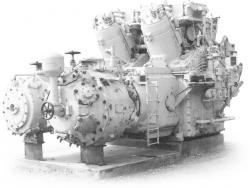
This compressor was a product of the combined technology and design heritage of both the C. & G. Cooper Company of Mount Vernon and the Bessemer Gas Engine Company of Pennsylvania, which had merged in 1929. Ralph L. Boyer, the chief architect of the GMV, worked for Cooper-Bessemer from 1926…
Read More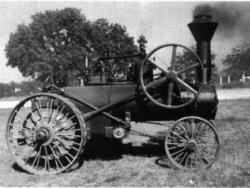
These engines, built by Cooper & Co., of Mount Vernon are among the oldest surviving agricultural steam engines to show the evolution from the portable, skid-mounted engine (ca. 1860) to the horse-drawn engine (1875), through the self-propelled but horse-guided engine (1875) and finally to…
Read More
The Cooperative Fuel Research (CFR) engine is used extensively throughout the world for testing, research, and instruction in the performance of fuels and lubricants for the internal combustion engine. Principal design work on this prototype engine was accomplished by engineers of Waukesha Motor…
Read More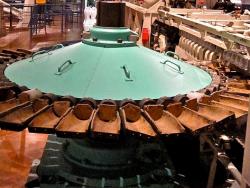
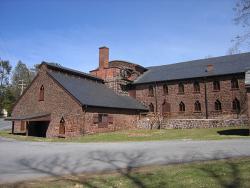
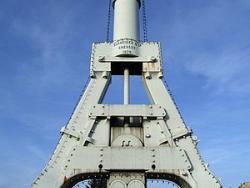
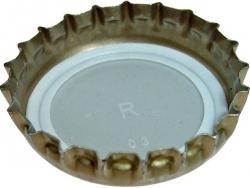
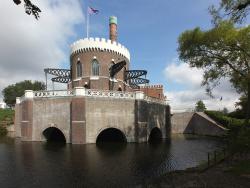
This is one of three nearly identical pumping stations that drained the Haarlemmermeer (Haarlem Lake), 1849- 52, then continued to maintain the polder's water table for more than 80 years. The Haarlemmermeer area covers 45,000 acres (about 70 square miles) in a triangular region between the…
Read More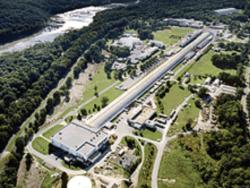
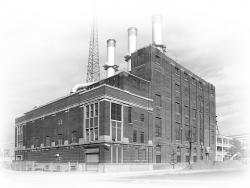
The concept of heating a number of buildings in the core area of a city from a single heating plant was introduced into the United States by Birdsill Holly at Lockport, New York, in 1877. The gain in thermal efficiency of a single large steam plant over a series of small isolated boilers led to…
Read More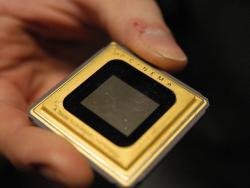
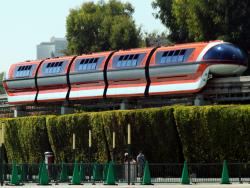
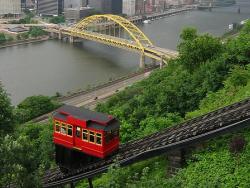
Designed by Sam Diescher, son-in-law of the Monongahela's designer John Endres, the Duquesne Incline opened May 20, 1877, as the second of seventeen built and operated in the Pittsburgh area. It has operated with only minor interruptions for the last one hundred years. A preservation group from…
Read More

